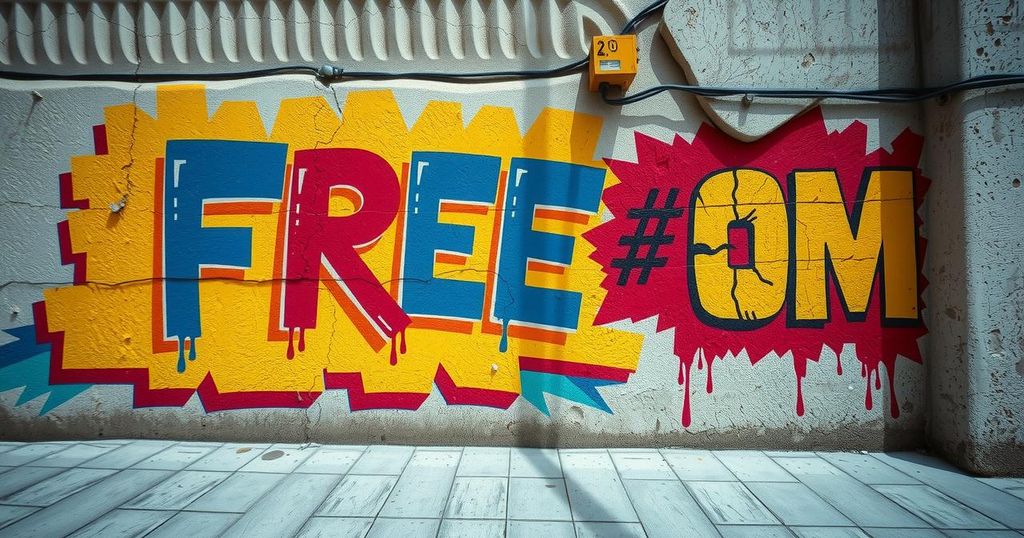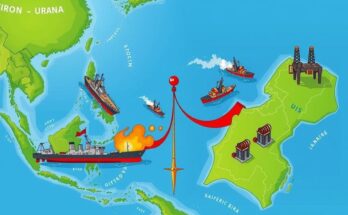In early 2011, Mouawiya Syasneh, a 14-year-old, sparked a revolution in Syria with his graffiti against President Bashar al-Assad. This led to national protests and violent crackdowns, escalating into a devastating civil war. Despite extensive casualties and displacement over the years, renewed unrest suggests a potential challenge to the Assad family’s hold on power.
In early 2011, a 14-year-old Syrian boy, Mouawiya Syasneh, ignited a revolution in Daraa, Syria, by spray-painting provocative graffiti addressing President Bashar al-Assad. The phrase “Ejak el door, ya doctor” became symbolic of widespread discontent against the authoritarian regime, setting the stage for a civil conflict with devastating consequences.
Initially motivated by frustration, Mouawiya and his friends intended to voice their grievances against local police harassment. However, their act sparked a fierce crackdown from the Assad regime, leading to the arrest and torture of the young protestors by the Mukhabarat. This brutal response incited further outrage among the people of Daraa, culminating in protests demanding change.
On March 15, 2011, Syria’s first coordinated “Day of Rage” saw demonstrators calling for freedom, marking the beginning of a nationwide uprising against Assad’s rule. The initial assassination of dissent was met with violence, triggering a vicious cycle of repression that escalated into armed conflict by late 2011, precipitated by the Arab Spring movements in neighboring countries.
The emergence of the Free Syrian Army (FSA) in July 2011 marked a significant shift, though initially disorganized and lacking resources. This lack of cohesion allowed extremist factions, including Jabhat al-Nusra and subsequently the Islamic State, to exploit the chaos and sectarian divisions within Syria, leading to further violence and instability.
Twelve years after the graffiti incident, Syria remains devastated, with over 500,000 fatalities and more than 13 million displaced individuals. Recent developments point to the potential for renewed civil unrest, as Hayat Tahrir al-Sham (HTS) and other factions have gained control of strategic areas, including Damascus, prompting speculation on President Assad’s whereabouts and future. Reports suggest his departure from the capital amid fears for his regime’s continuity, possibly seeking refuge with Iran’s support as Syria faces an uncertain future.
The act of rebellion by Mouawiya Syasneh marked the beginning of a significant upheaval against the Assad regime, ultimately leading to a prolonged and devastating civil war in Syria. Despite the immense suffering and loss experienced, the recent resurgence of opposition groups indicates a potential shift in power dynamics. As the Assad regime encounters renewed challenges to its authority in the face of growing discontent, the future of Syria remains precarious, with the possibility of significant political changes on the horizon.
Original Source: www.ndtv.com




